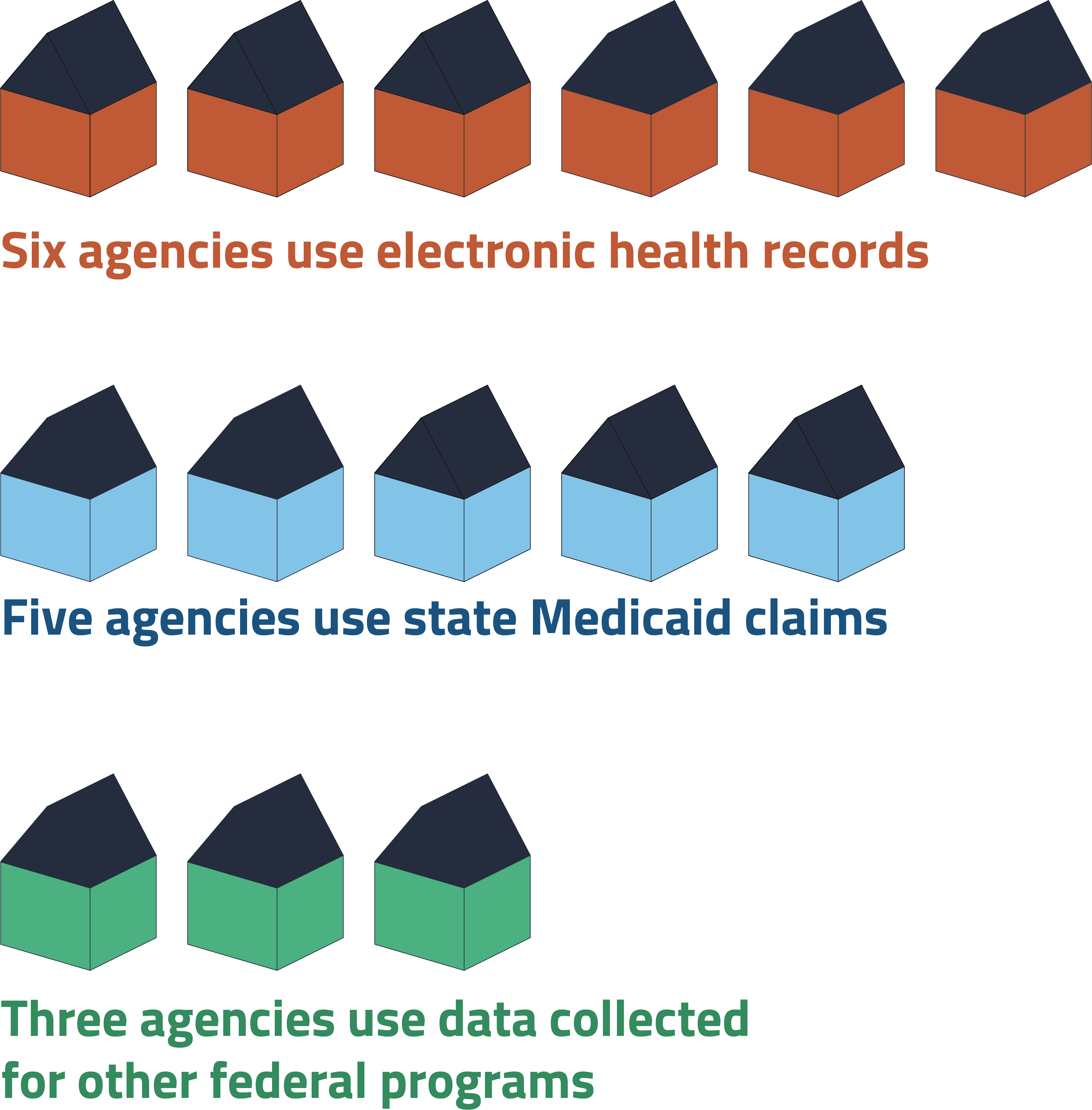Telehealth Uses in Responding State and Territorial Public Health Agencies (N=14)
Bar chart with 8 bars.
March 2024
Source: Association of State and Territorial Health Officials (ASTHO) Telehealth Survey. 2024.
The chart has 1 X axis displaying categories.
The chart has 1 Y axis displaying values. Range: 0 to 50.
Source: Association of State and Territorial Health Officials (ASTHO) Telehealth Survey. 2024.
End of interactive chart.


















